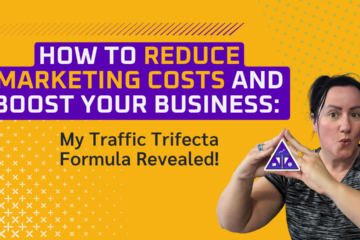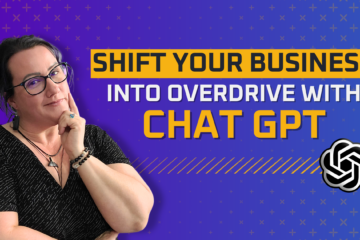Creating a Successful Email Nurture Campaign
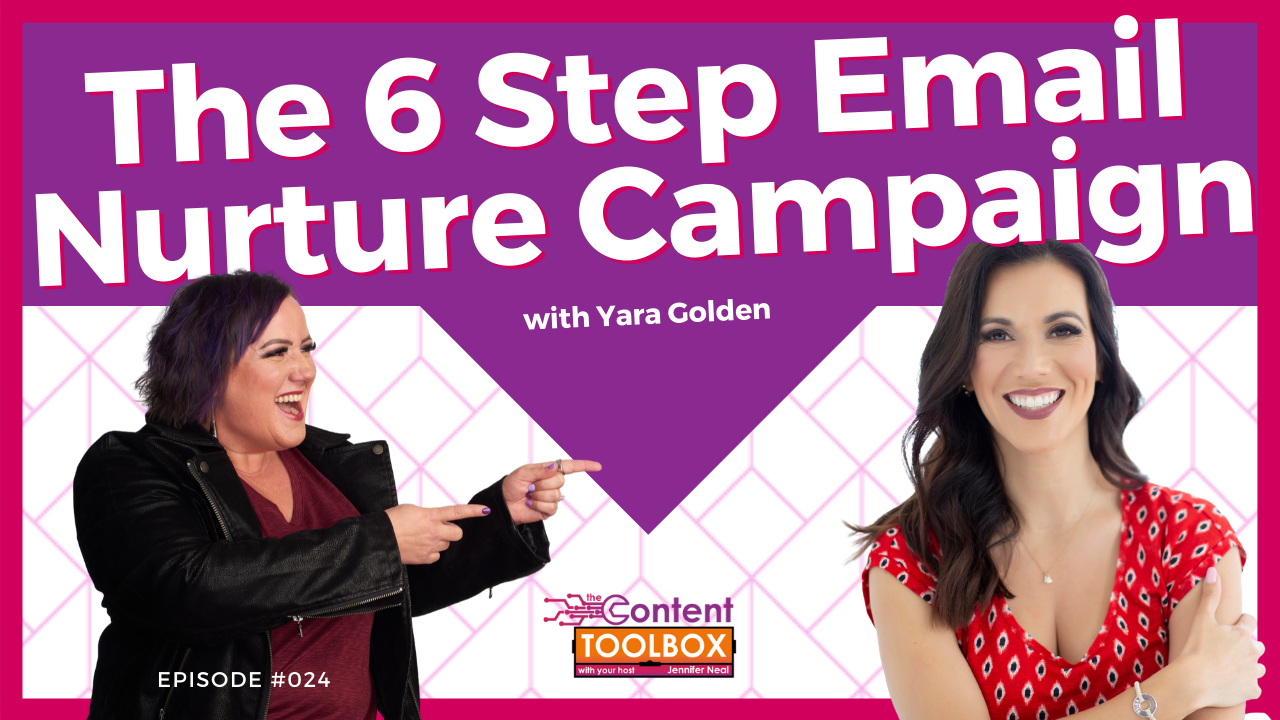
Creating a successful email nurture campaign requires you to be smart and thoughtful. Find how to nurture your prospects in the best manner.
Quick Links:
- TIP: How to create a successful email nurture campaign[Infographic Download]
- Episode Overview – The 6 Step Email Nurture Campaign with Yara Golden
- Personal Note from Jenn Neal on a Successful Email Nurture Campaign
- Featured Guest Expert: Yara Golden
- Episode audio [Podcast on Spotify]
- Blog Post – Creating a Successful Email Nurture Campaign
- Related Posts
TIP: How to Create a Successful Email Nurture Campaign
Time needed: 7 minutes
TIP: The 6 Emails You Should Have in Your Lead Nurture Sequence
- Who are you?
Why should they care and listen to you? (intro)
- Where did you come from?
Why are you in my inbox? (origin)
- What do you do?
Core offerings and how you help (vehicle)
- How did you earn it or learn it?
Share the journey of how you created your product/service (origin – internal/ external)
- Who do you do it for?
Great place to showcase case studies or testimonials (avatar)
- How can you do it for me?
Make an offer in a genuine helping way (offer)
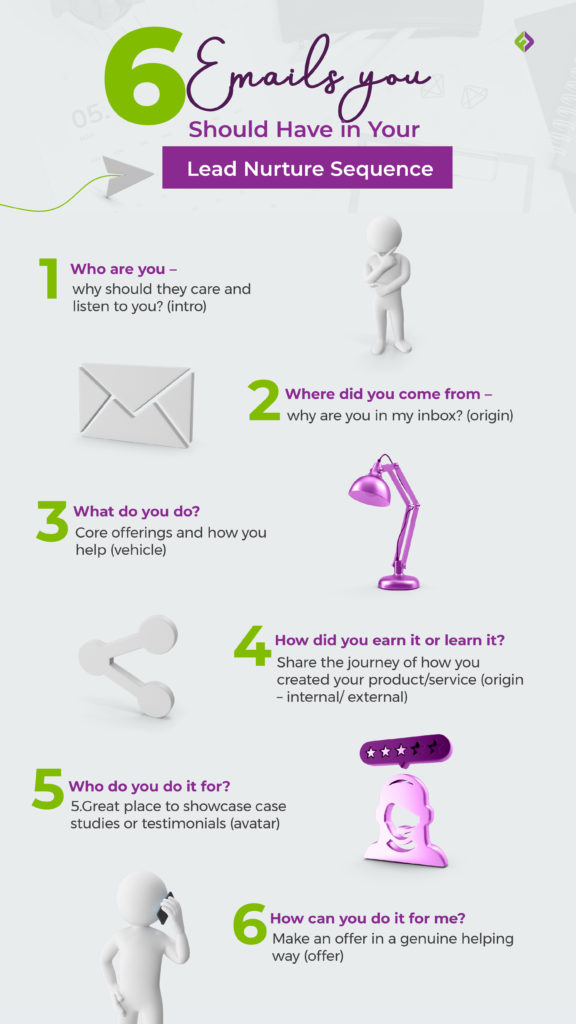
What’s In This Episode
Email nurture campaign – welcome email series – nurture sequence emails. However you say it, lead nurturing is super important. Guest expert Yara Golden joins me as we dive deep on defining who it is you’re talking to and understanding communicating with your ideal customer, then how to tell them a story through an onboarding email series and in your brand messaging.
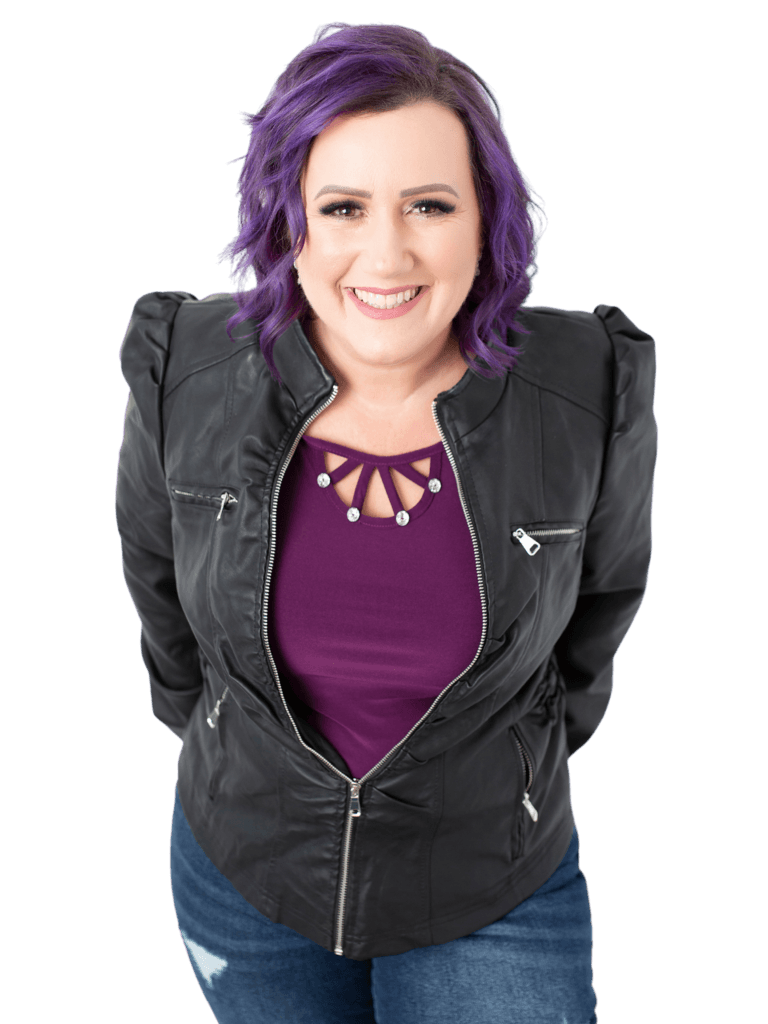
Jenn Neal on a Successful Email Nurture Campaign
That impostor syndrome and fear in business, is the same fear that hits us all.
-Jenn Neal
The 4 foot jump
I craned my neck up to look at his face. He was absolutely massive.
My friend had found a 5 gallon bucket and turned it upside down right in front of me, so that I could step up and actually get my left foot into the stirrup.
I had been taking English riding lessons with my friend, and was all decked out in new gear. Riding pants, boots, my helmet and blazer. I certainly looked the part.
But I didn’t feel it.
Who was I to even try this? I had only been jumping a few other times, and here we were at a competition.
I was riding my friend’s horse. He was 18 hands – which is an old fashioned measurement of how many of some guy’s hand it takes to measure up to the neck on a horse.
I don’t recall how tall that actually made him, but I can assure you that standing on the ground looking up at him – it was tall. And I am not. 🙂
But, a jump from the bucket up and there I was perched on top. I could feel the sun on my face and smell faint traces of leather and the horse sitting under me.
We started working the circle, making small 2 foot jumps over the poles in the course. No problem, I got this. Besides, two feet for this horse was pretty much like a normal walk.
Then it was my turn and I was faced with a new jump, about 4 feet.
I was terrified and I felt like I didn’t belong there at all.

But today i’m here to remind you to embrace it, that will help you grow!
I could feel all of the blood drain from my face as I went white. Suddenly, all I could think about was getting a glass of water and NOT making that jump.
My friend thankfully convinced me that I just had to trust the process. I had to have the confidence and the horse knew how to make the jump – so trust in him.
So I guided my horse around the course towards the jump and squeezed my legs into him to bring him to a trot. Here it came.
I leaned forward and could feel his feet leave the ground. Front – then back. Then front feet landed and we were over!!
I remember that first jump well – after that we set new goals and higher jumps. Sometimes I fell or we didn’t make it, but every time I just had to trust the process – and the horse.
I know it may be a leap (see what I did there!! HA!) to make a correlation between horseback riding competitions and that impostor syndrome and fear in business, but that same fear hits us all. At some point we have that heart wrenching moment and feel the blood drain from our face.
My guest for today’s episode shared that same fear she had just before presenting on stage at FHL – along with a bunch of other amazing tidbits you aren’t going to want to miss. Be sure to check out today’s episode “The 6 Step Nurture Campaign” with guest Yara Golden.
(Hint – Yara shared an amazing resource with us also and you can grab it free at TheContentToolbox.com)
Stay safe – talk next week!!
-Jenn “the horse whisperer” Neal
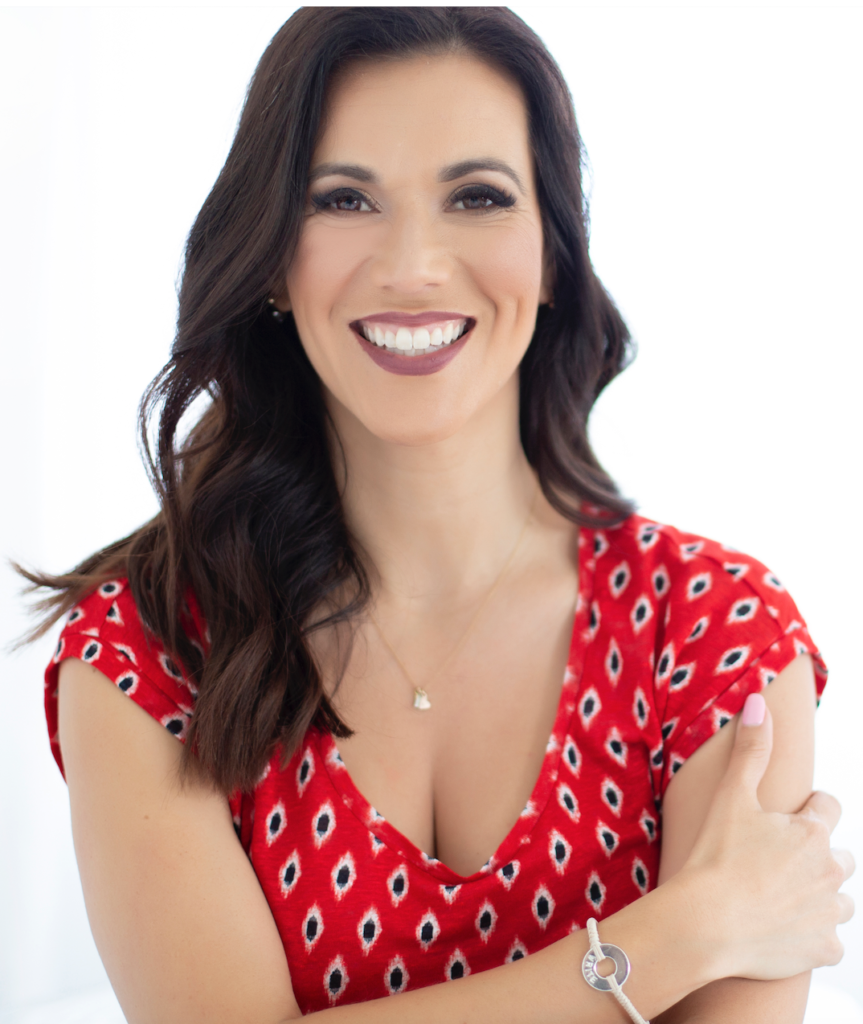
Meet Yara Golden
Yara writes story-based pieces for companies like ClickFunnels, as well as e-commerce and service-based businesses. Over the years, her talent for storytelling morphed into what she now likes to call story-selling.
Today, Yara teach entrepreneurs like you, how to use story-selling in order to connect (or reconnect) with your audience, build rapport, and engage them in a conversational way.
This is the secret behind getting your followers to open your emails, read through every word top-to-bottom, and always come back for more…
Get the Expert Secrets Book here: https://bit.ly/3d3hUeY
Creating a Successful Email Nurture Campaign
Emailing a prospect asking them to buy your product right after they sign up for your email list is the worst possible approach you can adopt as a business. Just like you won’t trust a person the first time you meet them, you shouldn’t expect a prospect to trust you and buy your product before getting to know you.
When someone signs up for your email list, it indicates that you’ve caught their attention and that they’re interested in knowing about offers and promotions in the future. If the prospect fits your ideal buyer profile, you now need to nurture them, and what way better way to do that than by sending out personalized emails?
Email nurture campaigns focus on nurturing prospects that could convert into leads that could turn into regular, loyal customers. It’s a way of forming a relationship with prospective leads and winning their trust so that they can interact with your brand more confidentially.
Not every prospect you email will convert into a lead, but statistics indicate that email nurture campaigns result in astoundingly high returns that make investing in an email nurture campaign worth it.
The question you should be asking right now is – how to create a successful email nurture campaign?
Well, we’ve got the answer right here in this blog post.
Get to Know Your Prospects
The first step, and undoubtedly the most important, is getting to know the prospect who just signed up to your email list. If you know who they are, what their problems and concerns are, what it is that they’re looking for, you’ll be able to create highly personalized email content.
Most people ignore or delete any generic emails. Personalized emails often catch their attention, and they’re highly likely to follow the call to action present in the email. So, get to know your prospects and create email content that’s personalized especially for them.

Know Your Content
You can’t just send any email to your potential customer. The content of your email must add value to their lives and make them want to open it and read it. Remember, you don’t just have to send sales offers and promotions. It could even be educational or informative to spread awareness. It could be a source of assistance for a prospect who just completed a particular action on your website. In short, the content of a nurture email doesn’t always have to be sales-y.
Set a Goal
To create a successful email nurture campaign, you need to know what you want to achieve through your campaign. Whether you want more leads or want to spread awareness about a particular topic, or even offer guidance to help your prospect complete an action on your website, you must tailor your content accordingly. Simply emailing everyone on your email list just for the sake of emailing won’t get you anywhere. You need to set a specific goal and work towards achieving it.
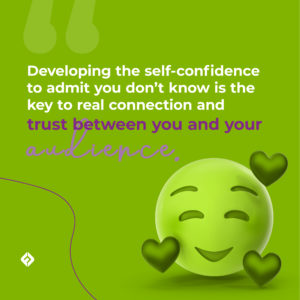
Set a Timeline
Asking a potential customer to complete an action right away isn’t the correct approach. For example, if you want them to make a purchase, pushing them for it might irritate them. An email marketing campaign is focused on nurturing your prospects. Set a timeline within which you want to achieve your goals. Cultivate your prospects.
Let’s say you’re targeting 100 sales a month. Send out periodic emails, inform your customers about your products and how your products can help them solve an existing problem. This way, you’re conditioning their minds, and this persistence will eventually convince them to buy. Setting a timeline before initiating an email nurture campaign is extremely necessary to make it a success.
Follow Up Fast
When someone signs up for your email list, their interest in your business is still fresh and hot. This is the best time to follow up. No, it doesn’t have to be a prompt asking them to buy from you. It can be anything related to an action they just performed. Did they buy something from you? Send them a “Thank You” email. Did they leave a review? Thank them for their review and ask them whether they have any feedback that could help you improve your business. Following up at the right time improves the chances of prospects converting into leads.

Try New Things Every time
If your emails don’t seem to create the desired impact, you need to consider changing the content of your emails. If someone has signed up for your email list but doesn’t seem to perform any of the required actions, it means you’ve got their interest but are failing to retain it. So, try something new in your emails every time. Don’t make them sound like sales pitches all the time. The same email format will only move your customers away from you.
An email nurture campaign nurtures prospects just like you nurture a seedling into a healthy plant. Email nurture campaigns build a strong relationship between you and your prospects and thereby increases their chances of becoming your loyal, repeat customers
Related Posts
How To Write A Killer Lead Nurture Email Campaign
Email 101: How to create winning lead nurturing emails (with examples)
The Content Marketing Strategy – A Formula for Success
